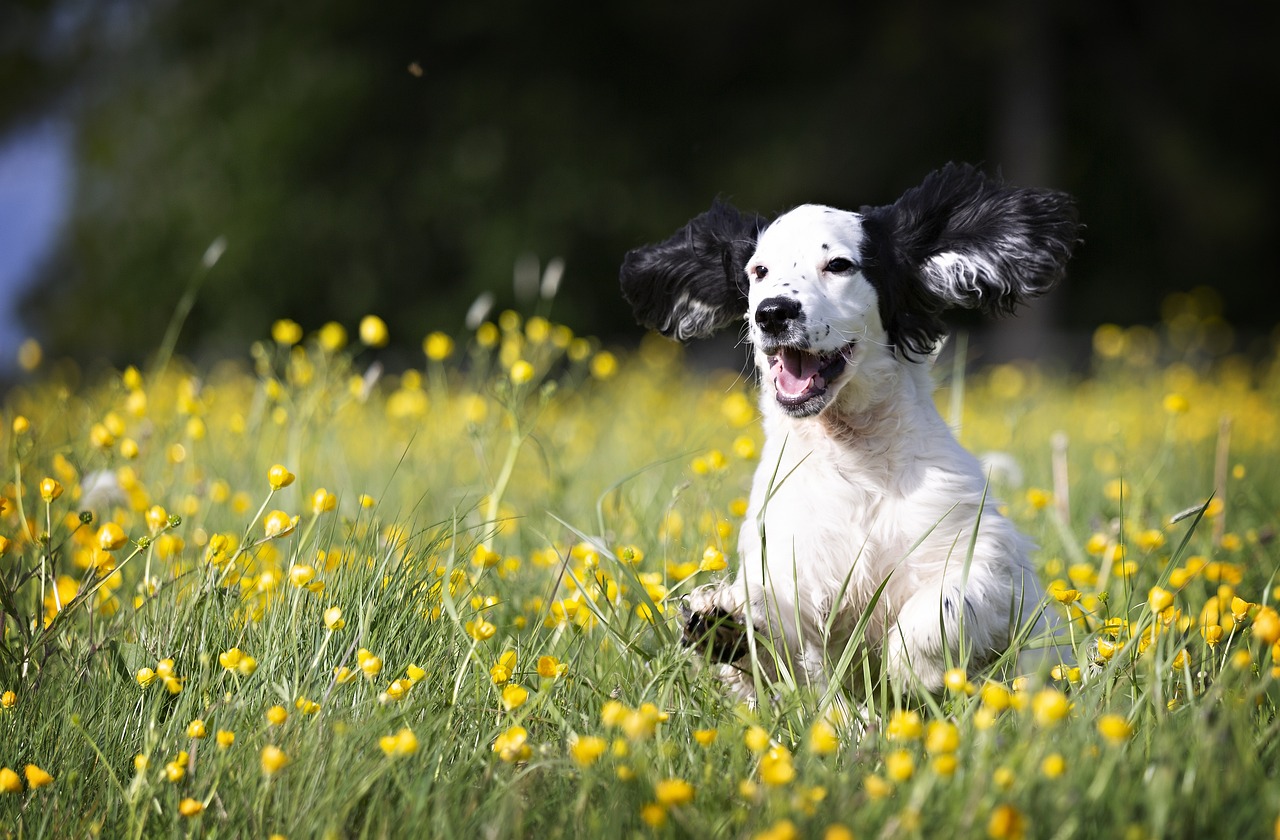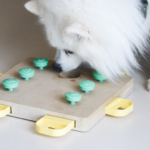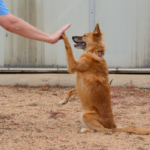10 Simple Ways to Make Your Dogs Happy
Imagine a world where the wagging of a tail never ceased and every dog bounded through life with uncontainable joy. Well, it’s not just a dream – it can become a reality for your furry friend! In this article, we will explore seven simple and effective ways you can bring everlasting happiness into your dog’s life. From engaging playtime to enriching their environment, get ready to uncover the secrets to creating a lifetime of happiness for your beloved canine companion. So grab a leash, put on a smile, and let’s embark on this delightful journey to make your dog’s tail wag with delight!
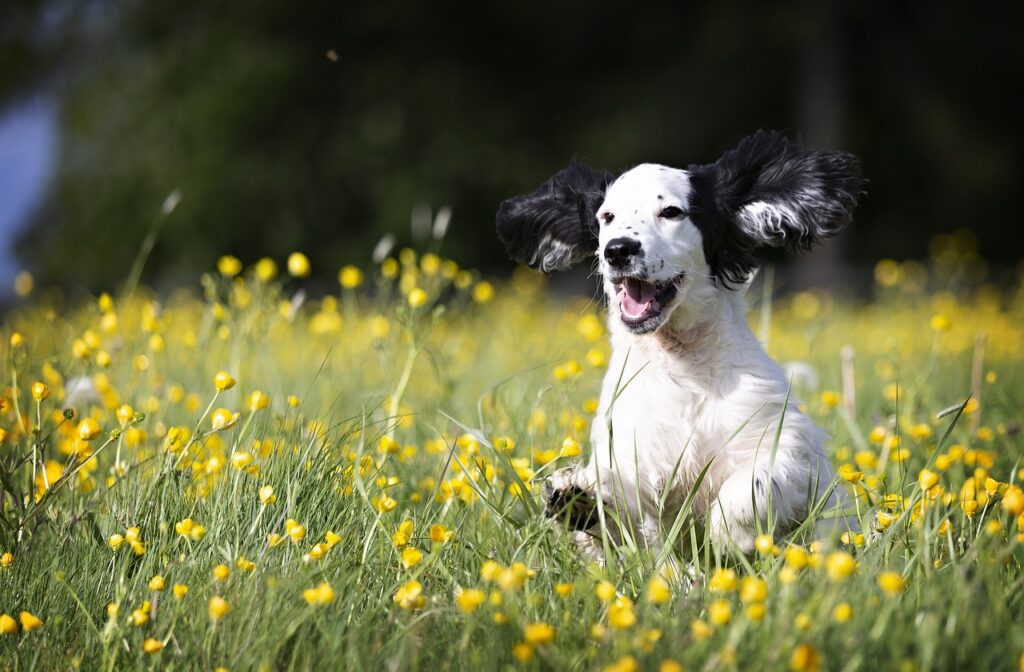
#1 Provide Regular Exercise
Taking your dog for daily walks is essential for their physical and mental well-being. Not only does it provide exercise, but it also allows them to explore their surroundings, sniff new scents, and socialize with other dogs and people.
Savvy TIP !
Aim for at least 30 minutes to an hour of walking each day, depending on your dog’s breed and energy level.
Savvy TIP !
Remember to vary your walking routes to keep things interesting for both you and your furry friend.
In addition to walks, engaging in interactive play with your dog is a great way to keep them active and entertained. Play fetch, tug-of-war, or hide-and-seek to stimulate their mind and burn off excess energy. Using toys that encourage physical activity, such as ropes or balls, can also provide an outlet for their natural instincts to chase and retrieve.
Offering a variety of physical activities is key to preventing boredom in your dog. Mix things up by taking them for a swim, going on hikes, or joining them in a run.
Some breeds may enjoy agility or obedience trials, which not only provide exercise, but also offer mental stimulation and a chance to bond with you.
Understanding and catering to your dog’s specific exercise needs will ensure they stay happy and healthy!
#2 Provide Mental Stimulation
Providing mental stimulation is just as important as physical exercise. It helps to keep your dog’s mind sharp and prevents boredom.
Engaging in obedience training is not only a valuable way to teach your dog basic commands, but it also acts as a mental workout.
Regular training sessions can help improve their focus, obedience, and overall behavior. Make sure to use positive reinforcement techniques, such as treats and praise, to keep the training experience enjoyable for both of you.
Using puzzle toys or treat-dispensing toys is a fun and engaging way to keep your dog mentally stimulated. These toys require problem-solving skills, as your dog has to figure out how to get the treats or toys out.
Savvy TIP !
Puzzle toys or treat-dispensing toys not only keep them entertained but also provide a mental workout.
Savvy TIP !
Rotate different toys regularly to keep their interest and prevent boredom.

#3 Maintain a Consistent Routine
Dogs thrive on routine and structure, so establishing a consistent daily routine is crucial for their well-being.
Start by establishing a daily feeding schedule to regulate their meal times. Stick to the recommended portion sizes to maintain a healthy weight.
By feeding your dog at the same times each day, they will know when to expect their meals and will be less likely to beg or become anxious.
Setting regular times for walks and play sessions is equally important. Dogs appreciate consistency and knowing what to expect.
Whether it’s a morning walk before breakfast or an evening play session after dinner, try to maintain a regular schedule.
This helps ensure your dog gets the exercise they need and allows you to create a bond through shared activities.
Dogs do speak, but only to those who know how to listen.
Orhan Pamuk
Consistency extends beyond just meals and exercise. Establishing consistent rules and boundaries helps your dog understand what is expected of them and provides a sense of stability.
For example, if you don’t want your dog on the furniture, be consistent in enforcing that rule.
Providing clear boundaries and enforcing them in a calm and consistent manner allows your dog to feel secure and know their place within the household.
#4 Ensure a Proper Diet
A proper diet is vital for keeping your dog healthy and happy. Consult with a veterinarian to determine the best dietary recommendations for your dog’s breed, age, and health condition. They can provide guidance on the appropriate balance of proteins, carbohydrates, and fats for your dog’s specific needs.
Feeding your dog a balanced and nutritious diet is essential. Look for high-quality commercial dog foods that have the necessary nutrients and avoid those with artificial additives or fillers. You can also consider homemade meals or a combination of commercial and homemade food, but ensure they meet your dog’s nutritional requirements.

It’s crucial to avoid overfeeding or underfeeding your dog. Obesity is a common health issue in dogs and can lead to various complications.
Follow the recommended portion sizes provided on the food packaging or as advised by your veterinarian. Regularly monitor your dog’s weight and adjust the portion sizes accordingly.
Always provide fresh, clean water for your dog to stay hydrated throughout the day. Access to water is essential for their overall well-being, especially during hot weather or after exercise.
#5 Provide a Comfortable Living Environment
Creating a comfortable living environment for your dog is essential to their happiness. Offer a cozy and clean sleeping area where they can rest and relax. Whether it’s a dog bed, a blanket, or a crate, make sure it’s soft and inviting.
Savvy TIP !
Consider placing the bed in a quiet, draft-free location away from excessive noise.
Savvy TIP !
Avoid leaving your dog outside for extended periods in extreme weather conditions.
Providing appropriate shelter is crucial, especially if your dog spends a significant amount of time outside:
Maintaining a proper temperature and ventilation is essential for your dog’s well-being.
In hot weather, provide access to cool areas with shade and make sure they have plenty of water.
In cold weather, provide warm bedding, and consider using dog sweaters or jackets to keep them cozy when outdoors.
#6 Offer Socialization Opportunities
Socialization plays a pivotal role in your dog’s overall happiness and well-being.
Exposing your dog to different people, animals, and environments from an early age helps them become well-adjusted and confident.
Take your dog on outings to parks, pet-friendly stores, and events to expose them to new experiences. Gradually introduce them to new sights, sounds, and smells to help them become more comfortable in various environments.
Dogs are not our whole life, but they make our lives whole
Roger Caras
Arranging playdates with other friendly dogs is an excellent way to provide socialization opportunities.
Dogs are naturally social animals and enjoy interacting with their own kind. It helps them develop social skills, learn appropriate play behavior, and burn off energy through play.
Enrolling in dog training classes or socialization groups is another way to offer socialization opportunities for your dog. These classes provide a controlled environment where dogs can interact with others under the supervision of a professional trainer. It not only helps improve your dog’s social skills but also strengthens the bond between you and your furry companion.

#7 Keep Your Dog Safe and Secure
Ensuring the safety and security of your dog is vital to their well-being.
Use a secure leash and collar or harness during walks to prevent them from running off or getting into dangerous situations. Regularly check the condition of the leash and collar to ensure they are in good working order.
If you have a yard, a secure fence or a suitable containment system is essential to keep your dog safe. Regularly inspect the fence for any gaps or damage that could allow your dog to escape.
If you don’t have a yard, ensure you have a plan in place to keep your dog safe and secure, such as using a long line or a secure harness during outdoor activities.
Providing identification tags with your contact information is crucial in case your dog gets lost. Consider microchipping your dog as an additional safety measure. A microchip is a small implanted device that contains your contact information and can be scanned by a veterinarian or a shelter if your dog is found.
#8 Schedule Regular Veterinary Check-ups
Regular veterinary check-ups are essential for maintaining your dog’s health and detecting any potential issues early on.
Visit the veterinarian for routine vaccinations, physical exams, and dental care.
Vaccinations protect your dog from various diseases and should be administered according to their age and risk factors.
Regular physical exams help identify any health concerns and ensure your dog is in good overall condition.
Staying up to date with parasite prevention and treatments is crucial for your dog’s well-being. Fleas, ticks, and worms are common parasites that can cause discomfort and various health problems. Consult with your veterinarian to determine the best parasite prevention program for your dog based on their lifestyle and risk factors.
If you notice any changes in your dog's behavior, appetite, or general well-being, address any health concerns promptly. Dogs can't communicate their discomfort or pain verbally, so it's essential to be observant and attentive to any signs of illness. Regular veterinary care and open communication with your veterinarian will help ensure your dog's health needs are met.
#9 Give Plenty of Love and Attention
Dogs are social animals that thrive on love and attention from their owners.
Spending quality bonding time with your dog is crucial for their happiness. Make time each day to interact with them, whether it’s through play, training, or simply cuddling on the couch.
Offer praise, cuddles, and gentle physical contact to show your dog affection. Dogs thrive on positive reinforcement and enjoy the attention and affection of their owners. Physical touch, such as petting and belly rubs, releases endorphins and creates a sense of comfort and security for your dog.
Such short little lives our pets have to spend with us, and they spend most of it waiting for us to come home each day.
John Grogan
Avoid neglecting your dog or leaving them alone for extended periods. Dogs are social animals and enjoy being around their owners.
Loneliness and boredom can lead to destructive behaviors and even anxiety. If you need to be away for long hours, consider hiring a dog walker or pet sitter to provide companionship and mental stimulation for your dog.
#10 Recognize Your Dog’s Individual Needs
Every dog is unique, and it’s crucial to recognize and understand their individual needs. Take the time to observe their body language and behavior to gain insights into their preferences and requirements. Pay attention to their energy levels, temperament, and any specific health issues or sensitivities they may have.
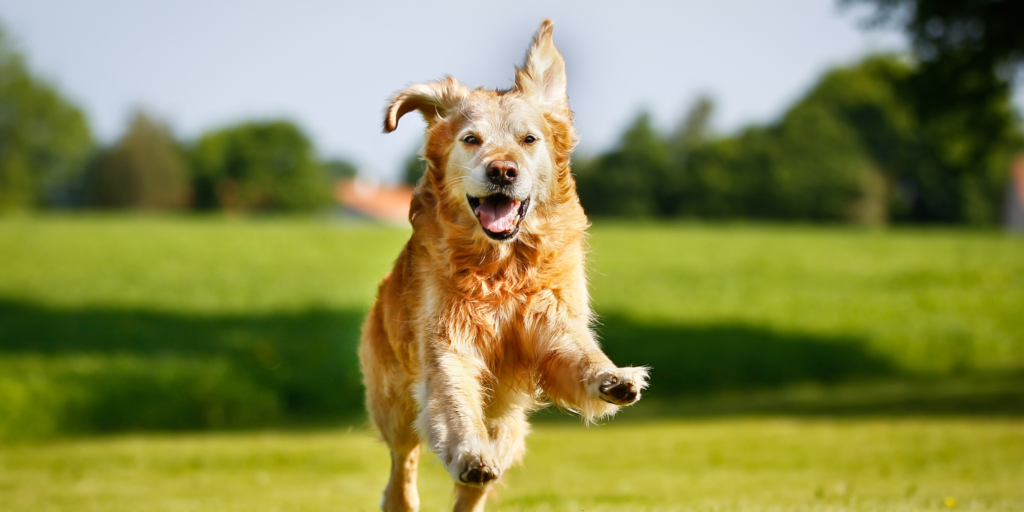
Adapt your care and activities based on your dog’s breed, age, and health condition.
Some breeds have higher exercise and mental stimulation needs, while others may require more rest and relaxation. Older dogs may have specific dietary needs or require shorter, gentler exercise sessions.
Provide appropriate mental and physical challenges to keep your dog engaged and stimulated.
Each dog has their own unique set of talents and preferences, so find activities that match their abilities and interests. This could include learning and participating in dog sports, providing puzzle toys or games that match their intelligence level, or incorporating training sessions for mental stimulation.
By recognizing and addressing your dog’s individual needs, you can ensure they lead a happy and fulfilling life tailored to their specific requirements.
In Conclusion
Making your dog happy involves providing regular exercise, mental stimulation, a consistent routine, a proper diet, a comfortable living environment, socialization opportunities, safety and security measures, regular veterinary care, plenty of love and attention, and recognizing their individual needs. By following these simple guidelines, you can create a loving and fulfilling life for your furry friend, ensuring their happiness and well-being for years to come.


